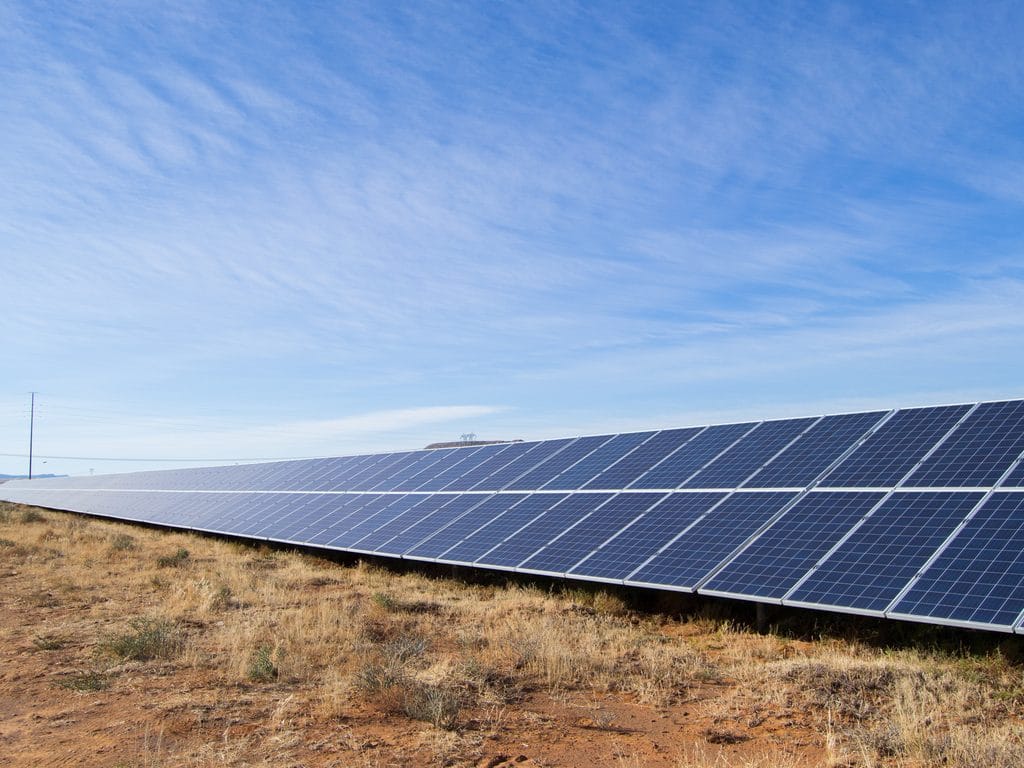The partners of the Energy Inclusion Facility (EIF) are already starting to provide funds for this credit line opened by the African Development Bank (AfDB). “On August 8, 2019, the Clean Technology Fund (CTF) approved a $20 million grant to the EIF to provide sustainable financing for small renewable energy projects in Africa,” AfDB announced.
Together with the Climate Investment Fund (CIF), the CTF is one of the World Bank Group’s subsidiaries dedicated to climate finance. The investment it has just made to support the EIF consists of $4 million in second-rank equity and a $16 million first-rank concessional loan. This loan will be drawn from Private Sector Programme III. A programme that CTF has put in place to provide risk-based capital to finance major private sector projects in high-impact cle technologies.
The other partners of the EIF
The EIF has two investment lines with distinct objectives. An amount of $100 million is allocated to the off-grid. This will enable off-grid providers to expand their services, especially in rural areas where people are often not connected to the national electricity grid. The most common solution here is the solar home kit, a small grid used to supply a home with electricity. And the off-grid market is not insignificant for companies, with companies increasingly choosing autonomy from national electricity grids.
Most of the EIF $400 million is intended to support larger projects, i.e. power generation for the grid. It will thus benefit independent power producers (IPPs), who develop projects of less than 25 MW, and who require an investment of around 30 million dollars.
The AfDB line of credit is also supported by the European Union, the Global Environment Facility (GEF), All On, Calvert Impact Capital, the Shell Foundation, the United States Agency for International Development (USAID), and the United Kingdom’s Department for International Development (DFID).
The AfDB estimates that the EIF should generate 600 MW of electricity from renewable energy in African countries. It should also make it possible to avoid emissions of 30 million tonnes of CO2 per year over a 20-year period.
Jean Marie Takouleu
